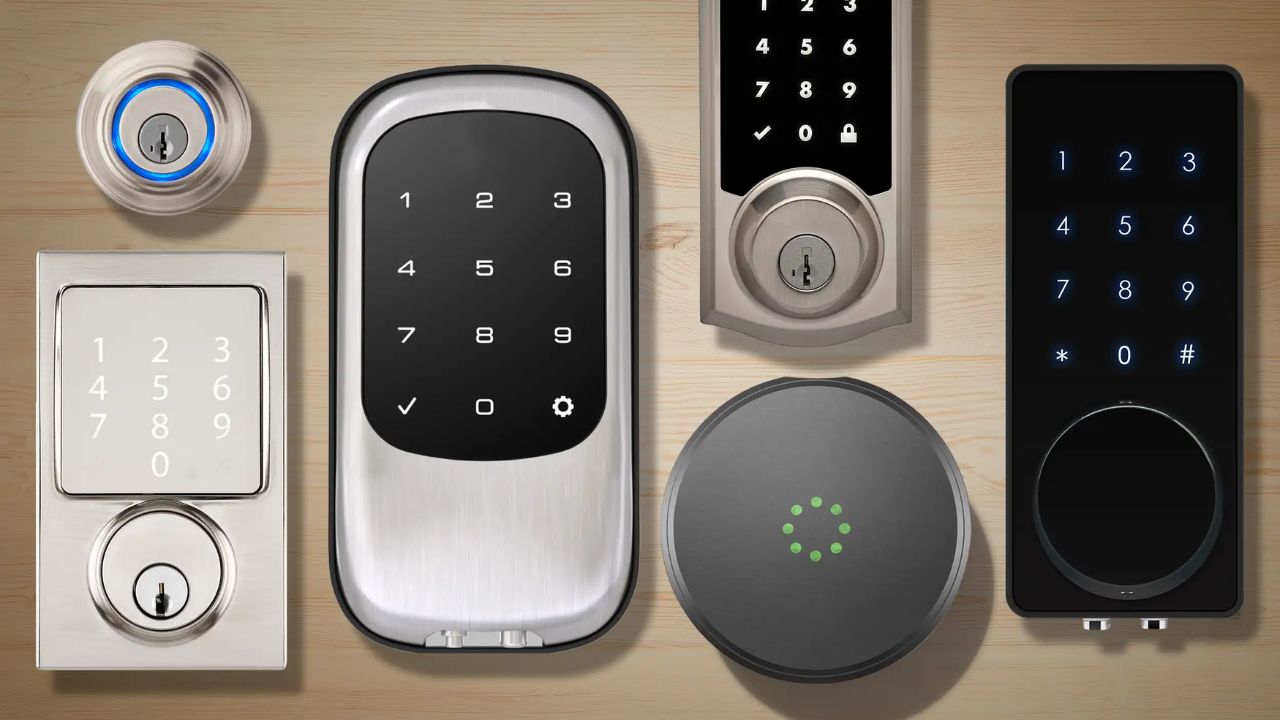With the homeowners still adopting smart home solutions, residential smart locks have become a pillar in the contemporary security. Innovation, convenience, and increased safety are some of the characteristics of residential smart lock technology in 2025. The major manufacturers such as Tenon are on the frontline and are producing devices that do not only offer secure access but also blend with the ecosystem of the connected home.
Biometric Authentication
Smart locks available in homes are becoming common with biometric authentication. Fingerprint identification, face scan, and even palm vein identification have offered greater security than the traditional key or a numerical code. The E15 and T10 series of Tenon in 2025 show how biometric smart locks may provide comfort and assurance. The homeowners do not have to use keys or passwords; they can get access with a touch or a glance, and they can hardly be breached.
Enhanced Mobile Connectivity
Residential smart locks keep being innovative as a result of mobile connectivity. As cloud-based technology and smartphone integration improve, users are able to remotely control their locks, see what is going on, and get instant alerts about security events. The smart locks of Tenon will provide users with the capability to control several properties with one device in 2025, and thus provide total control over the security. This trend focuses on mobility and user control, which is in line with the increasing demand for real-time management of the home.
AI-Powered Access Management
Smart lock systems are increasingly being fitted with artificial intelligence. AI algorithms can be used to study access and usage patterns, providing information that can be used to increase security and convenience. It is now possible to have smart locks that detect abnormal activity, warn homeowners of possible threats, and even propose the best security settings. The high-end models of Tenon are a great example of this trend, as they implemented smart monitoring to offer proactive protection and make it easy for family members and authorized guests to access the device on a daily basis.
Multi-Modal Access Options
The 2025 smart locks on homes are focused on versatility with the inclusion of multiple modes of access. The users have the option of fingerprint scanning, password entry, RFID cards, mobile app control, or a mix of any of the above. This scalability supports the needs of different households and enhances convenience without altering security. The T15 Anti-Theft Digital Door Lock by Tenon is one of the brightest examples, as it provides homeowners with a variety of access options depending on the situation, including family members and service workers.
Focus on Durability and Design
Although technology makes innovation, durability, and aesthetics are also important factors to consider. Homeowners require locks that will withstand day-to-day activities, environmental conditions, and possible interference, yet they should complement the architectural designs of their properties. The 2025 trend is the need to have a balance between the functionality, reliability, and style of the product, which is aimed at protection and aesthetic appearance.
Sustainable and Energy-Efficient Solutions
The concept of sustainability is emerging as an attribute of smart home technology. Smart locks that have low energy consumption and long battery life make them less harmful to the environment but they do not compromise their functionality. In 2025, Tenon considers energy-saving designs, including rechargeable lithium-ion batteries and power-saving options, so that high-level security is not achieved at a cost of sustainability.
Integration with Smart Home Systems
One of the most conspicuous trends in 2025 is the strong connection smart locks have with other smart home systems. The modern home locks are not independent but are built into the home’s lighting, security cameras, and climate control systems. Homeowners can schedule their programs, such as unlocking the doors when they are home, or they can turn on lights when someone is moving about. The recent smart locks by Tenon, such as the one mentioned above, enable their users to integrate their gadgets with mobile apps, smart assistants, and home automation systems to provide a unified and reactive living room.
Conclusion
Innovation, convenience, and increased security are some of the features of the residential smart lock industry in 2025. Biometric authentication, mobile access, AI-enhanced access, multi-modal access, and long-lasting, fashionable designs are defining the interaction process between homeowners and their residences. Such firms as Tenon are at the forefront of this transformation by introducing gadgets that not only secure houses, but can also blend into contemporary life. With the development of technology, smart locks will become an element of a smart home, providing security, convenience, and smart design to the future generation of homeowners.

